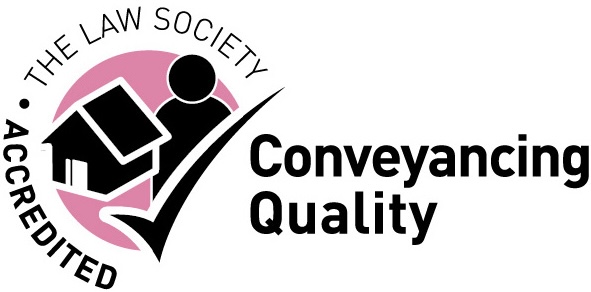With the risk of flooding increasing, we take a look at considerations when buying a property that may be in an area prone to difficulties.
An estimated one in six homes in Britain face the risk of flooding, with the situation likely to get worse as flood plains are built on and climate change continues. Flood defence for homes is improving however and for some people, taking on a property that may face some flooding in the future is not an insurmountable problem.
Types of flooding
It is not just coastal and riverside properties that are likely to flood, with surface water, subsidence and sinkholes causing substantial difficulties for properties across the country. When the water table rises, which can happen without heavy rainstorms, then low-lying properties and areas below ground level such as cellars and basements, may be flooded.
Heavy or prolonged rain can cause rivers and other waterways to burst their banks and this does not always occur in the same spots, so it can be hard to predict. Exceptionally high tides can cause difficulties in coastal areas, particularly when combined with heavy onshore winds, although this is generally the least common form of flooding.
Buying in a flood risk area
If you are thinking about buying a property, you can ask for a flood risk report to be carried out. This will give you some of the flooding history of the area and an assessment of the level of risk. You can also check the government’s long term flood risk service, which will tell you about possible causes of flooding and how to manage them. Local online news outlets may also have covered stories of small localised flooding. You can also ask your surveyor to point out any indications that the property has suffered from flooding or water ingress in the past.
Owning a property at risk from flooding
If you do decide to buy or you already live in an area at risk from flooding, there are a number of flood protection measures that can be taken.
Flood barriers are available for doorways and windows and temporary seals can be used on doors and to cover air bricks, although it should be noted that if the flooding outside is deeper than one metre then it should be allowed to come into the property as the pressure of water on the walls of the property could cause movement, structural damage or even collapse.
Drainage pipes and toilets can be fitted with valves preventing flood water from pushing backwards into the home.
Pump and sump systems can be installed to drain water should it accumulate below floor level.
You can also include some flood resilience features in your home that will reduce the amount of damage, should it be flooded. This includes using stone or other solid tiling instead of carpets or wood or laminated flooring.
Putting electrical sockets above 150cm from ground level can save the need for complete rewiring. Using solid wood or stainless steel in the kitchen instead of chipboard means it may not need replacing.
Large, strong waterproof bags are available to put furniture and other items in if you are unable to move them to a higher floor.
Contact us
If you would like to speak to one of our property experts, ring us on 0333 305 5189 or email us at info@lpropertylawyers.co.uk

